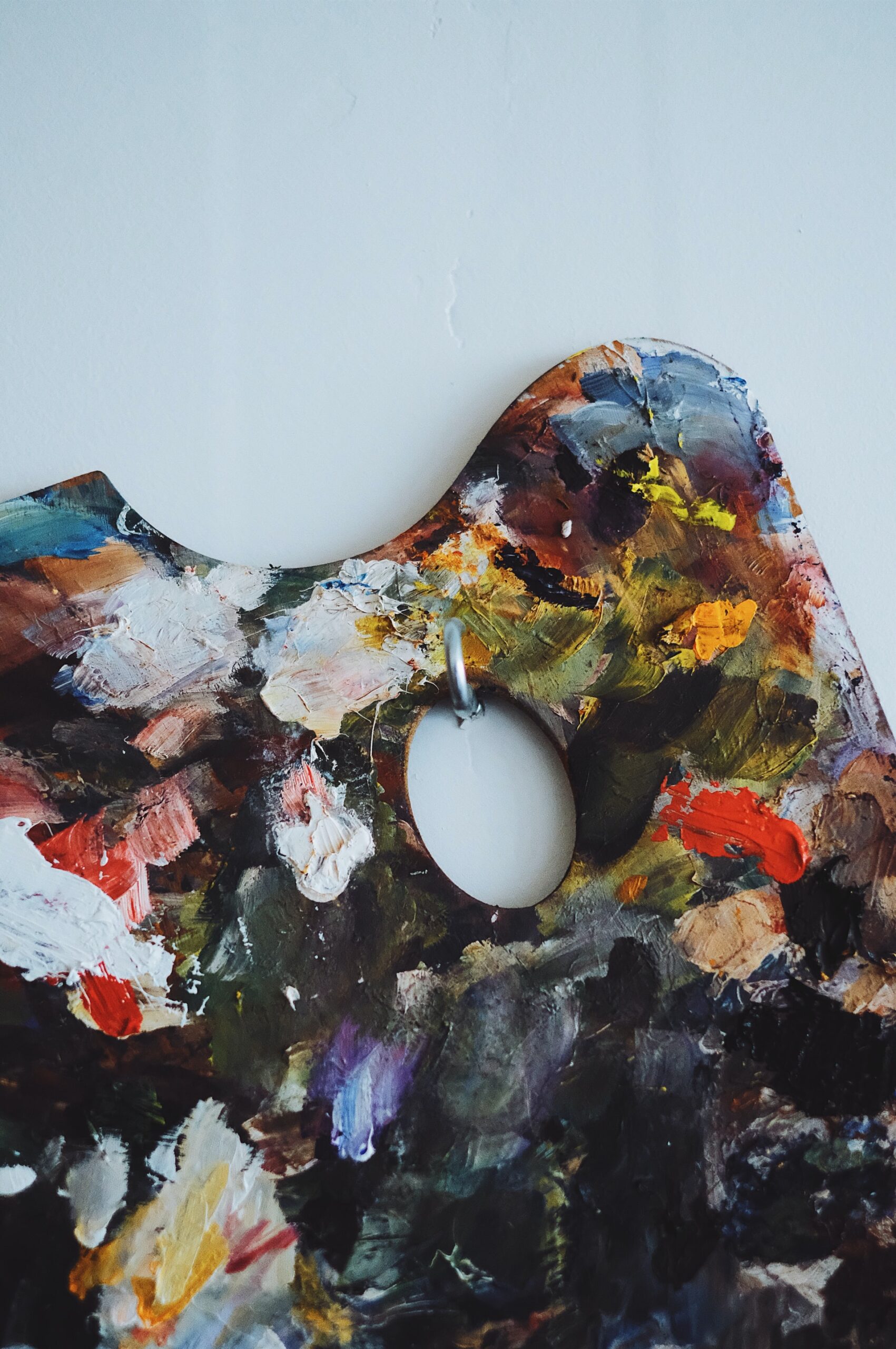The reputation of art clay is one that is burgeoning; its popularity is growing amongst arts and crafts hobbyists. A variety of reasons are responsible for this, the ability to be able to create high quality pieces of jewellery, the ease it can be moulded and fired, the cost etc.
Before working with the material, it should be made clear that, as the old adage states, “a good craftsman knows his tools”. The amount of tools out there to help work with art clay is staggering. But this is no reason to feel daunted or overwhelmed.
A simple set of basic tools for working with it should see you well on your way to designing and creating fantastic looking pieces of jewellery. Here is a list of these basic tools needed:
A Plastic Rolling Pin: While this may not seem like the most specific tool, its purpose is very important when working with art clay. Much like in baking, the rolling pin allows for the art clay to be rolled out into a flat sheet, making it much easier to work with.
A Watercolour Brush: Again, not a specific tool to this type of craft, but still very useful. The watercolor brush is used for joining moist art clay to moist art clay.
A Craft Knife: This tool is primarily used for cutting the clay (when moist) into different shapes.
A Needle Tool: Also known by some as a pin tool, the needle tool will come in handy when cutting most clay while using a template. The reason for this is that, unlike the craft knife, it won’t cut the edge of the template.
A Double-Ended Blender tool: The Double-Ended Blender tool is one that will allow you to sculpt and mould the art clay. It also allows the user to fill in cracks with art clay slip (a liquid form of the material that is specifically used for repairs).
Jeweller’s Tweezers: Jeweller’s Tweezers are extremely useful in the process of setting stones, allowing small awkward stones to picked up with minimal trouble
A Brass Wire Brush: It would be simple to assume that once the clay is fired that the piece they are working on is completed. Not the case. The piece needs to be cleaned up and this can be done using soap, water and a brass wire brush, giving the fired metal clay a softer finish.
A Burnishing tool: In a similar way to the Brass Wire Brush, the Burnishing tool is specifically there to help with the process of achieving a high quality finish. Rather than the soap and water method applied by the form, the Burnishing tool is used dry and rubbed on the surface of the metal, in effect polishing the surface.
While art clay may take some getting used to because of the vast array of techniques and tools, it is clear that once a handle is gotten on the various methods that the hobby is one of the most rewarding out there.
Adam Hunter – E-commerce Marketing Manager of cooksongold.com. Cookson Precious Metals offer a choice of supplies from over 10,000 products including gold and silver wire, jewellery findings, tools, art clay silver and precious metal clay – gold, silver, platinum and palladium plus technical information for jewellers, jobbers, designer, craftsmen, artisans and students.







